More people than ever before are interested in having their first psilocybin mushroom experience.
Describing the nature and content of a psilocybin mushroom (or any psychedelic) experience is notoriously challenging. Not only are they highly subjective, but they’re also highly personal. As a result, you’re often left with overall feelings and sets of specific observations, rather than a clear sense of precisely what happened.
This guide will attempt to familiarize you with the nature of a psilocybin mushroom trip. But if it’s your first time, be prepared to be surprised!
Be Ready
We call psychedelic experiences “journeys” or “trips” for a reason. They’re expansive, and sometimes defy description. That’s why it’s essential to be ready for anything.
The truth is, no amount of mental preparation can compare to actually experiencing profound shifts in states of consciousness. Of course, it is crucial to undergo adequate preparation before seeking a “peak experience” like a psilocybin journey. By participating in activities like breathwork, meditation, and intention setting through journaling or therapy, you will likely set yourself up to successfully navigate the gamut of experiences that might arise after consuming a macrodose of mushrooms. Before you begin, it’s crucial to understand that your journey could involve a vast range of thoughts, feelings, visions, and/or bodily sensations.
Despite the unknowable quality of psychedelic experiences, there are several other things you can do to prepare as well. Two factors influence the nature of psychedelic experiences: set, which is short for “mindset”, and setting, which we’ll talk about later. Together, these form what Robin Carhart-Harris describes as the internal and external context for your psychedelic experience.
Your mindset pertains to where you’re at, mentally and physically. You don’t need to be perfectly happy to use psilocybin mushrooms safely (if you did, psychedelic-assisted therapy wouldn’t work as well as it does). But it helps to be aware of how you feel, because mushrooms can very strongly amplify your underlying emotional state.
If you feel negative emotions or stress, you need to accept that you could be in for a more difficult time. It’s essential to see “bad trips” as challenging rather than inherently negative. Research at Johns Hopkins School of Medicine at Baltimore by Roland Griffiths suggests that most people find their challenging experiences worthwhile. Many even rank them as being in the top five most rewarding experiences of their lives.
Having an intention—that is, knowing why you are working with mushrooms—helps as well. Research suggests that people who approach psychedelics with a clear purpose for their journey have better and more constructive experiences.
In our everyday lives, we can be pretty good at telling ourselves that we feel a certain way (usually happy/satisfied/healthy) when we don’t really feel that way deep down. Psilocybin can easily overcome such illusions and expose our true emotional states. So, in preparing to work with mushrooms, it is best to be aware and honest with yourself about your mental health and emotional states. Recognizing where there’s room for growth or improvement could inform your intention and therefore lead to a more transformative experience.
People and Places
The other half of what influences a psychedelic experience is “setting”, which refers to the physical environment and the people around you. People and places can have a significant impact on your journey. Set yourself up so if you do wander into a profoundly altered state of consciousness, you’ll be surrounded by people and things that are comforting.
One way to do this is to go out into nature. Find a quiet, open, natural space that is secluded from strangers and authority or security figures. You should also make sure the space is safe to potentially explore in an altered state (for example, you would want to avoid any area with high cliffs and also check the weather report to make sure there aren’t any extreme weather conditions during the time you plan to journey). Other people find that setting up a safe and comfortable room at home works better. Having soft blankets, comfortable pillows, and incense or a candle can help make the space more cozy. Some people like to cleanse a room of their house with sage or Palo Santo before undergoing a journey. Take the time to think carefully about what environment will be most suitable for your unique experience.
Once you settle on a location, plan to surround yourself with good people or a good person: someone you know and trust. Tripping alone for the first time can be very challenging and potentially frightening. The safest way to approach this situation is to be with someone who has had experience tripping before and chooses to stay sober to support those who have consumed the psilocybin. You can learn more about setting up a safe and comfortable environment for your trip here.
Activities to Avoid
It should be evident that there are some things you shouldn’t do when under the influence of psychedelic drugs, but we’re going to list them anyway. Do not drive, or operate machinery or construction equipment. Psilocybin can temporarily impact our perceptions, decision-making abilities, and physical coordination in unpredictable ways. So basically, anything that involves potential physical danger should be left for another day.
Since psilocybin is still federally a Schedule 1 Drug of Abuse in the US and treated similarly in most countries, it is also a good idea to generally avoid attention from the police. Legalization and decriminalization measures are being proposed and enacted from California to New York, so this won’t always be the case. In the meantime, be careful.
While less immediately dangerous, we would also suggest that you refrain from making significant financial or life decisions during or shortly after a psilocybin session. Take the time to re-ground yourself and integrate your experiences (possibly with an integration coach) before buying that house in the country or telling someone what you really think of them.
Ingestion
The most basic way to ingest magic mushrooms is to chew them up and swallow. Other ingestion methods include brewing the mushrooms in a tea or cooking them into savory or chocolate dishes. When dried, they can be pretty chewy and earthy, but if you like the taste of culinary mushrooms, you’ll probably be fine with their flavor.
Mixing dried and powdered mushrooms with a small amount of lemon juice before consumption is increasingly popular. This approach, known as “lemon tek”, is anecdotally said to speed up the onset of the trip and produce more intense experiences. We don’t recommend it for beginners, though. If you are new to psychedelics, there’s no need to make shrooms any stronger.
Do not try to smoke magic mushrooms. High temperatures destroy psilocybin, so it’s just a waste. Under no circumstances should people inject mushroom preparations. The only trip this produces is one to the hospital.
Until you are more experienced, it’s a good idea to measure your mushrooms carefully, using accurate scales. If you don’t want an unexpectedly powerful or mild journey, it’s always good to do this. Plenty of experienced psychonauts have been surprised after trying to “eyeball” their dose.
The following doses are for dried Psilocybe cubensis mushrooms. Remember, the potency of mushrooms can vary, and other species such as Wavy Caps usually have a higher psilocybin content.
Microdose: 0.1-0.5 grams
Low: 0.8-2.4 grams
Moderate 2.4-3.6 grams
Strong: 3.6-5.0 grams (or more!)
It’s a good idea to start relatively low if you’re new to psychedelics. Two people of the same weight can take the same dose of psilocybin and have vastly different journeys. And, no matter how experienced you are, don’t feel compelled to take a larger amount than you are comfortable with. It’s not a competition.
For more information on ingesting mushrooms, check out: How Do You Take Mushrooms? Psilocybin Consumption 101.
And if you want to grow your own mushrooms from home check out Third Wave’s How to Grow Mushrooms Course and Grow Kit. Our in depth guide and step-by-step videos will have you harvesting your own home-grown mushrooms in no time.
Overview of a Mushroom Experience
A psilocybin experience will generally last four to six hours in total, with the effects increasing in the first two hours and the peak happening around the three- to four-hour mark. The comedown is generally gentle and gradual.
It’s important to understand that the psychedelic intensity of the experience comes and goes in waves. So what might feel like the end of the trip may just be a natural lull in the effects that could re-intensify.
Onset
Depending on the method used, you might feel the first effects of psilocybin mushrooms between 10-40 minutes after ingestion. If you feel anything straight away, it’s probably a placebo effect. Occasionally, it could take longer for the mushrooms to kick in. Be patient and resist the temptation to take more because you haven’t felt anything yet.
Larger doses can feel as if they come on quicker than microdoses, but this is mainly due to the subtle nature of smaller quantities.
Like all aspects of psilocybin experiences, the come-up phase is different for everyone. Some people experience clammy hands, a slight feeling of chills, or the urge to yawn at various times.
The onset phase is also when most people experience nausea, though this will not necessarily happen. Nausea may be reduced or avoided if you eat the mushrooms on an empty stomach, consume them as a tea, or use the lemon tek approach. In any case, the nausea generally doesn’t last long.
After your nerves and discomfort subside, you will begin to notice the onset of effects. Since changes in thought are more subtle and challenging to observe, you’ll probably realize you’re tripping by just looking around. More experience with magic mushroom consumption will allow you to identify the difference between the come-up effects and your other emotional states, e.g., excitement and anticipation.
Colors will be more vibrant; they may even seem to glow. You’ll notice surfaces glittering and an increased richness in texture of (all) things. You may find yourself smiling uncontrollably or giggling. Sometimes, visual effects happen in your peripheral vision first; a flash of color or light out of the corner of your eye. Whenever this happens, know the journey is beginning in earnest.
The Experience
If you’ve accurately measured your microdose, the immediate effects won’t progress beyond those described in the onset stage and will last a few hours before gradually tapering off. If you’ve taken a moderate to high dose, then more is yet to come.
If it’s your first time working with mushrooms, or any hallucinogen, it’s hard to describe just how different the experience can be. Everyday objects, feelings, and ideas might seem brand new. The sheer novelty of how your mind and perceptions feel can be all-encompassing, and make it hard to focus on much else. If this happens to you, this is fine; just go with it.
With greater experience, it’s possible to focus on particular intentions that you might have set, or explore thoughts, feelings, and beliefs. But no two encounters with psilocybin are the same and even veteran mushroom users can be surprised by beauty, awe, or a challenging experience.
What exactly might happen as you move through the peak of the experience is unique for you. Some experiences are very visual, while others are emotional or conceptual. Although you might have some preconceived idea that you should see exploding mandalas of color or strange visions, this might not be the case. And that’s not a shortcoming on your part or the mushrooms’. Some of the most profound experiences I’ve had were utterly non-visual.
Things you may experience on a moderate dose of mushrooms could include:
- Visual distortions of color, size, and distance
- Organic or geometric visual textures or auras on and around objects
- Increased appreciation of music
- Differences in perception of time passing
- Feeling positive or negative emotions either very intensely or from a place of detachment (sometimes both)
- Changes to your cognition so that thoughts can seem disorganized, but also sometimes very clear
- New understanding of concepts and connections
- A blurring of your sense of self or separateness from the world or other people
- A meaningful spiritual experience
The visual aspect is most noticeable when there is less going on to distract you. This is why some psychonauts favor low-light settings or eye-masks for their journeys, a technique replicated by the emerging psychedelic-assisted therapies that are set to revitalize modern psychiatry.
At higher doses, all of these aspects intensify. You might not need to close your eyes to see kaleidoscopic patterns or experience synesthesia (e.g., seeing sounds as colors). Emotional experiences can become all-encompassing and overwhelming, and your thoughts or beliefs may contradict themselves. You might have profoundly spiritual or mystical-type experiences. Roland Griffiths’ research shows that these mystical-type experiences can have long-term personal and spiritual significance. Your sense of self, your ego, can change in profound and unexpected ways, leading to perceptions of oneness with humanity, life, or the universe. These experiences can be profoundly joyous, awe-inspiring, or even terrifying.
At very high doses, people may experience what feels like transcendence from everyday reality and existence, though such experiences are almost impossible to put into words.
This phase of the experience will last three to four hours of a four to six hour journey, with higher doses tending to be longer.
It might be hard to gauge precisely what someone else is going through during their trip when they’re observed from the outside. They may seem quiet or withdrawn or talkative and excitable. Conversations with them can become challenging as their thoughts jump around in unexpected ways. Their coordination or balance might be impaired.
Importantly, whether you are on a journey or looking after someone who is, there aren’t many dangerous physical side effects from psilocybin. So long as they’re not endangering themselves or others (which is generally pretty rare), it’s best to let people on mushrooms do whatever they’re doing without interference. Just being there for them, calm and non-judgmental, is the best approach.
The Science of Psychedelic Experiences
When you take psilocybin, your body metabolizes the substance into psilocin, both of which produce psychoactive effects. Psilocybin and psilocin primarily interact with serotonin receptors in the brain and have an exceptionally high affinity for the 5-HT (serotonin) 2A subtype receptors. This interaction leads to changes in how the brain processes sensory information and how parts of the brain communicate with each other. Psilocybin, like LSD and ayahuasca, also encourages the growth of new connections in the brain.
Neuroscientists have yet to fully understand how exactly these changes in brain mechanisms lead to the experiences in a psilocybin journey. We do know that there’s more to the story than just changes in serotonin receptors.Other hallucinogenic drugs, such as ketamine, produce somewhat psychedelic experiences, but act on different brain receptors. Our best theory right now is that trips are the result of temporary changes to how we process input from our senses and how different parts of the brain react. The result is a sense of unification with the world, and also, paradoxically, greater awareness of our unique nature.
These same factors, combined with the experience itself, all seem to contribute to psilocybin’s ability to alleviate depression, including cases where antidepressant drugs have failed. Pilot studies have shown that a similar approach can help people quit smoking.
Even deep-seated and profound anxieties seem to be overcome by psilocybin in combination with therapy. Roland Griffiths’ and Matthew Johnson’s research in the Journal of Psychopharmacology showed that patients with life-threatening cancer who undertook high-dose psilocybin experiences were far less depressed and anxious. At six-month follow-up appointments, about 80% of trial participants were still experiencing significant decreases in depressed mood and anxiety. Numerous double-blind clinical trials worldwide are looking to replicate these results.
While we are talking about science, it is worth noting that research has found that lifetime use of psilocybin and other psychedelics, even outside of controlled clinical settings, is linked with better mental health outcomes and lower rates of violent crime. As a group, people who use psychedelics are no more likely to experience psychosis than anyone else.
The Comedown
Depending on the dosage and how quickly the peak occurred, most psilocybin experiences will lessen in intensity from about three to four hours onwards. For microdoses, this will generally be very gradual and subtle, fading to a very faint afterglow. For moderate to high doses, the experience may lessen in intensity in waves rather than smoothly. Don’t be surprised if you have one last mini-peak before the overall effects taper off.
The comedown of a psilocybin mushroom trip tends to be mellow, reflective, and life-affirming. Many report remaining in a positive mood after the experience, but like everything else about psilocybin mushrooms, how you’ll feel coming down will be unique to you and that particular journey. If you’ve had a very intense time, you might feel tired, but in a good way. Some people may feel energized and talkative, as if they need to get all of their ideas out that they couldn’t articulate while at the peak. It isn’t uncommon for people to feel as if the mushrooms have lifted a weight from their shoulders, perhaps one they weren’t consciously aware they were carrying.
Sometimes, having a cup of tea and a conversation with a friend is what feels best during the comedown. Many people also find this an excellent time to undertake gentle tai chi or yoga as a way of grounding the experience and reconnecting with their bodies. Find whatever works for you; quietly and gently do that activity while the effects gradually fade.
Afterward / Post Experience
Psilocybin mushrooms can help you feel, think, and perceive new things. Whatever insights you may have encountered on your trip—thoughts, feelings, experiences—keep them in mind and write them down over the next few days. Pay attention to how you feel for the next week or so, as this is when the afterglow of awareness is strongest. Do you feel or think differently about anything? Has your emotional reaction to anything in your everyday life changed?
Reflecting on your experiences and how you feel afterward is a big part of what is known as “integration”. Integration is how we mindfully incorporate the experiences and lessons of a trip back into our everyday lives. Another part of integration might involve talking about your experience with others. If a journey has been confusing or confronting, or you just feel like no one you know understands how your perspective has changed, talking with an integration specialist or joining a community integration circle will help.
The mushrooms themselves won’t automatically change you or your circumstances. Still, if you treat the trip as an educational experience and maintain good integration practices, you’ll maximize the positive impact on your life. Research conducted by Roland Griffiths and Matthew Johnson showed that combining psilocybin experiences with meditative or spiritual practices led to the best long-term outcomes for healthy volunteers.
At this point, you might be wondering when you can have another mushroom journey. As with all classic psychedelics, your neurochemistry quickly adjusts to the changes in serotonin brought on by psilocybin. This means that the same dose within a few days will have far less effect.
More importantly, it takes time to integrate these experiences into our psyche and find what might be a new equilibrium in our lives. So, for moderate to high doses, waiting four weeks is a good idea before re-engaging with shrooms or any other psychedelics (e.g., LSD.) While you can microdose every three days, you will still need to take two-week breaks from microdosing every four to six weeks, though this will depend on exactly which regimen you are following.
If you use both moderate-high and microdosing techniques, it’s probably best not to microdose for at least a week on either side of your full-blown psychedelic experience. Taking a break shouldn’t be a problem though, as even the conservative National Institute on Drug Abuse admits that psychedelics don’t produce physical dependence.
If you’re interested in learning how mushrooms and other psychedelics can help you get in touch with your emotions and support your life goals, but aren’t ready for a full-scale psychedelic journey, take a look at our Microdosing Course. We’ll help you develop a customized, step-by-step process to change habits, enhance creativity, and optimize well-being using the latest research from cutting-edge scientists and doctors.

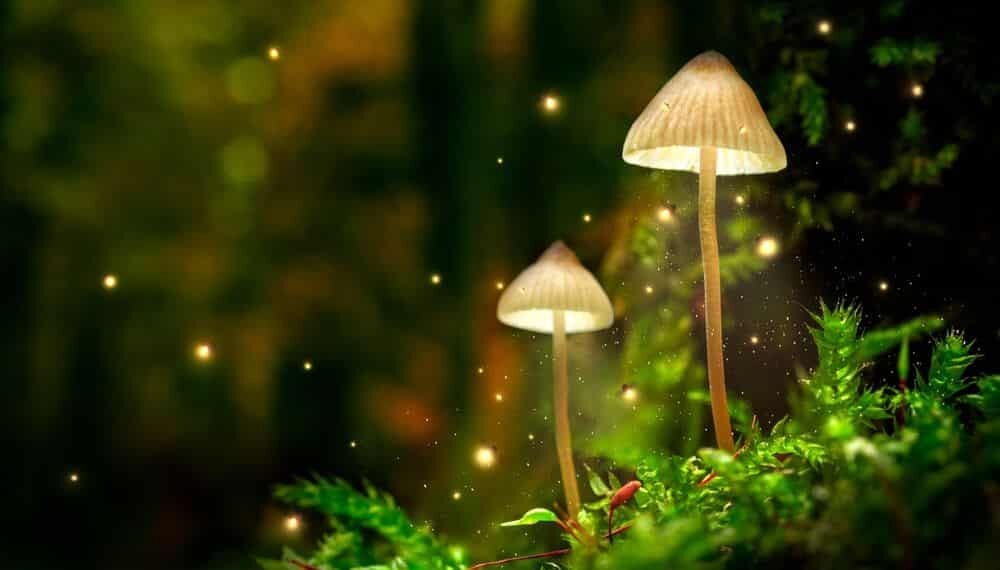
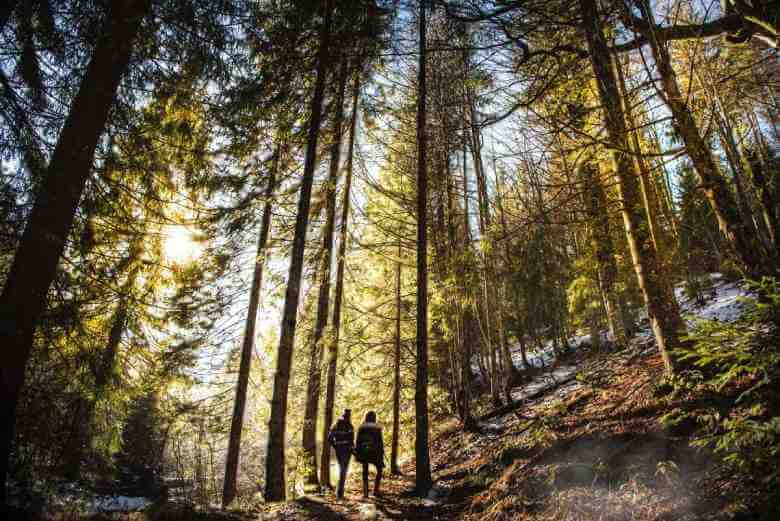
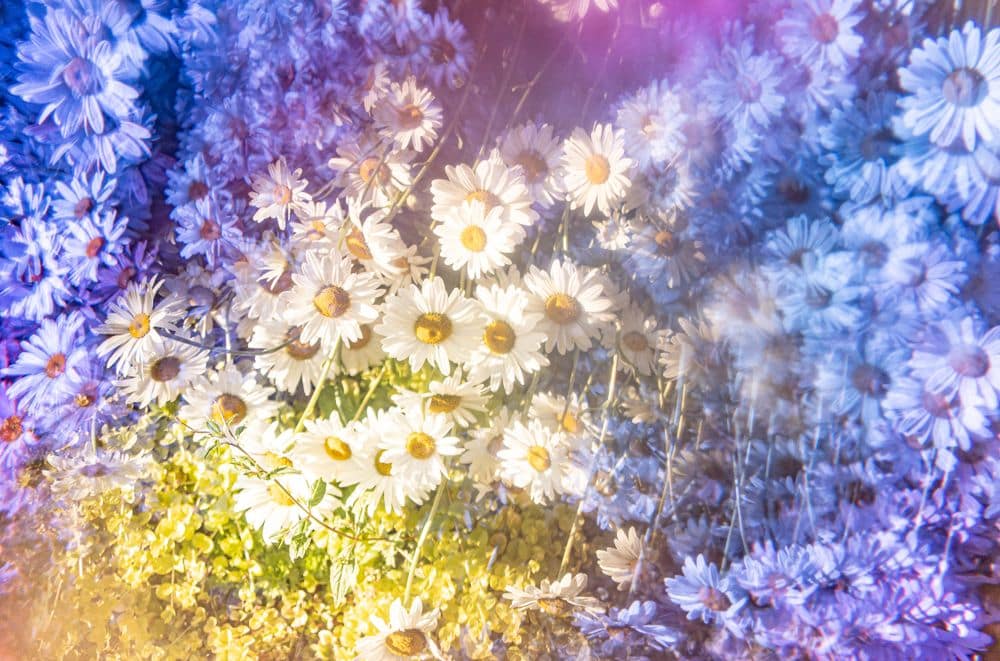
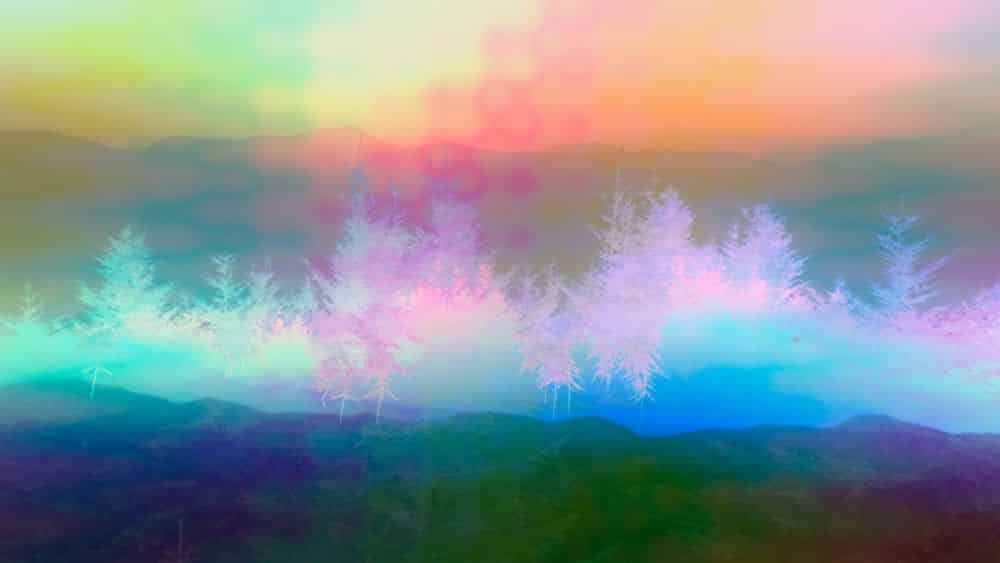
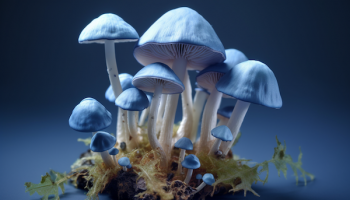
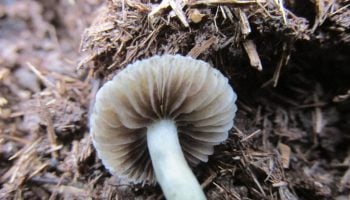
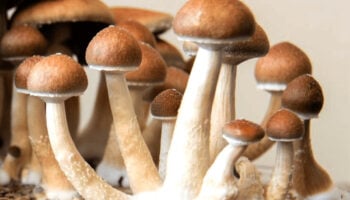



Great article!
The best/most informational article I’ve read so far! Thank you!!
Thanks for your feedback Rayah. So glad you enjoyed the article!